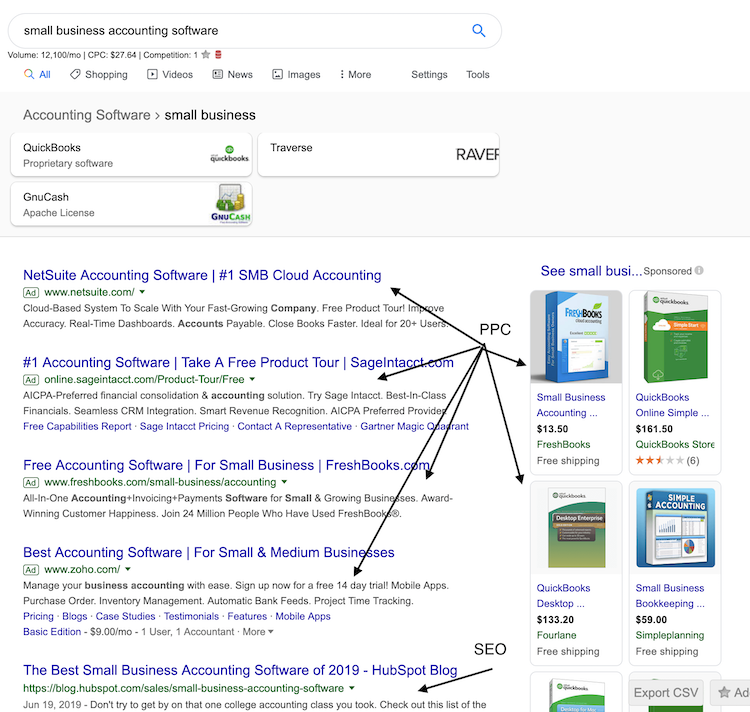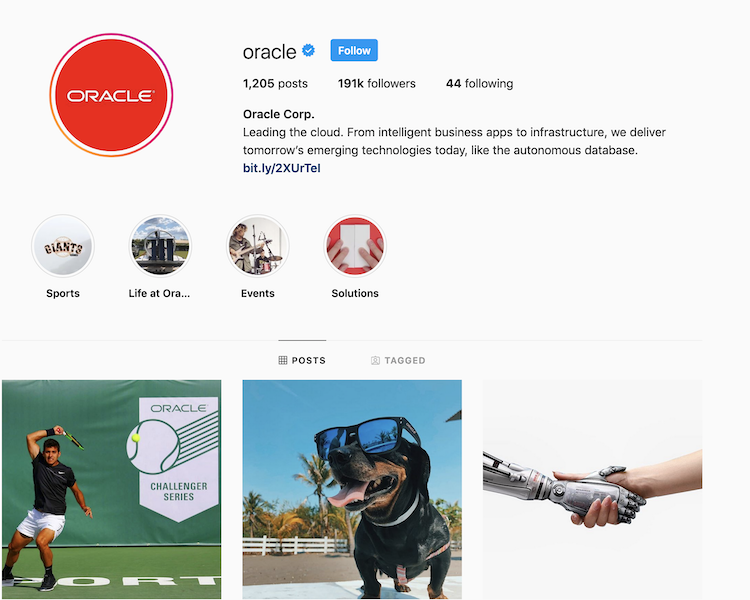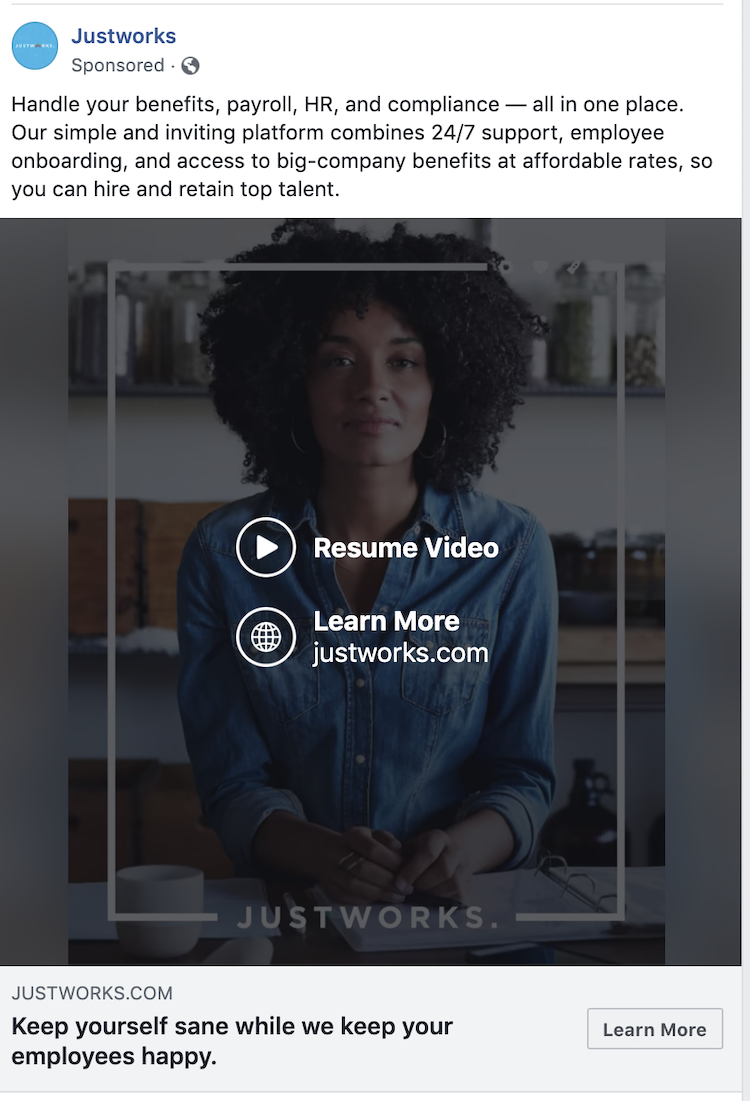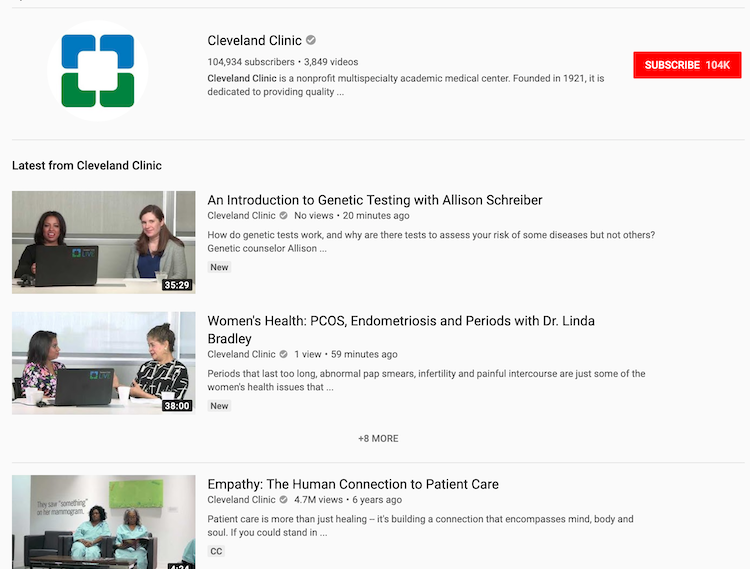Unless your name is Apple, Amazon or a handful of other companies, instant brand awareness is not a luxury most of us have. Since a company’s brand is integral to financial success, having a solid marketing strategy is crucial. Every marketing pro knows that digital marketing is the fastest way to boost brand awareness and meet customers where they are.
When you’re developing a brand awareness campaign, the value of focusing on digital marketing is undeniable. Not only does it foster trust with your customers, but with 299 million people online every day, you have an audience thirsting for more content. But the digital marketing field is vast.
When developing a strategy for brand awareness, you have to make a decision about which digital marketing channels to use, and how much priority to give to each. And, we know from the explosion of TikTok during the pandemic, channels can burst into popularity, creating new opportunities for marketers. In other words, always be looking at trends.
7 Digital Marketing Channels for Brand Awareness
For marketing activities designed to get you onto a consumer’s radar—top-of-the-funnel, in industry parlance—there are seven main digital marketing channels to consider.
SEO
Google processes over nine billion searches every day. That’s three times what it was just two years ago. Online search is our go-to solution for almost every question or problem we have. If your website is one of the first things to show up in search when someone’s looking for answers to a problem your products solve, it can translate into thousands of new people learning about you.
Search engine optimization (SEO) is a competitive digital marketing channel and one that takes time to start seeing results. But when you can get your website to show up on the first page of Google (and other search engines, but mostly Google), it pays significant dividends in brand awareness. More than that, it helps you achieve relevant brand awareness since SEO keyword targeting means you specifically reach people looking for what you do.
While SEO results can take a while to achieve, playing the long game brings its benefits. The more you build up your website’s authority, the more keywords you’ll be able to claim on Page 1. And once you get to Page 1, staying there is easier.
Stay ahead of the competition. Get your SEO checklist here.
Paid search advertising
Paid search (also known as pay-per-click/PPC) advertising is SEO’s paid brother. Both digital marketing channels are focused on gaining visibility within search engines, but where SEO is focused on organic results, paid search is how you show up in the paid results. For some searches, those paid results dominate the search engine results page (SERP), requiring searchers to scroll down to even see the organic results.
Paid seach provides some distinct benefits from SEO. Because you pay directly for those top spots, rather than having to work to earn them, paid search can raise brand awareness much faster than SEO efforts. It’s possible to start showing up on Page 1 of Google the first day you start running ads (if you follow best practices.) And paid campaigns give you the power to specify who your ads will reach based on factors like demographics, geography and search behavior.
You can also achieve an especially wide reach since Google Ads includes a display network that powers the ads you see on websites across the web, as well as on other Google properties like Gmail and YouTube. Though there is an array of factors that determine an ad’s reach, we know it can reach over 90 percent of all internet users.
Social media marketing
Social media continues to be a daily habit for 307.2 million people in the U.S. It’s the norm for social media users to visit a social media platform at least once a day. These platforms are integral to how people shop, communicate and get their news. It should come as no surprise, then, to learn that social media marketing is perhaps the most important digital marketing channel to consider in any brand awareness strategy.
Social media marketing encompasses everything you do on social media for free—or at least, that you only pay for it in labor costs. It starts with researching the best channels to target, based on where your audience spends their time. And while it includes sharing content and promotions from your own website to raise brand awareness, it’s just as important to spend time on your social media platforms interacting with other accounts.
Social media marketing should be part self-promotion, part relationship-building. Use your platforms to share content from other blogs and influencers in your industry that are useful to your audience, and to participate in relevant conversations. By courting new relationships, you’ll start to build a following, which is essential to using social media marketing for brand awareness.
Social media advertising
A big challenge in social media marketing, especially for new accounts, is that the only people who see most of your updates are those who have already followed you. That makes using social media marketing for brand awareness a slow proposition. But you can earn visibility and followers faster by also investing in social media advertising.
Social media advertising is to social media marketing what paid search is to SEO. All of the main social media platforms include advertising options, and most of them are pay-per-click like search advertising is. They also include extensive targeting options so you can get your messaging in front of the specific social media users most likely to be interested in your brand.
In addition to advertising with main social platforms, many brands are gaining traction on social media by identifying popular influencers in their niche and working with them to promote their brands. People with a large following on social media have already gained the trust and attention of your audience. If they post about your brand, it’s a quick way to gain more interest and followers.
Discover how to find the right social media influencers for your brand here.
Content marketing
Content marketing is both an important digital marketing channel in its own right, and one that supports every other channel on this list. When you consistently create high-quality content that’s relevant to your audience, it gives you the chance to target more keywords in SEO and keeps your website fresh, which Google likes. It also gives other websites more reasons to link to you, which is a key ranking factor for crawlers or indexers.
In addition, every piece of helpful content that your audience will want to click on is something you can promote on social media and in your ads. If the only thing you have to promote on these channels is your products, then you’re hoping someone will convert the first time they hear about you.
Content marketing gives you the chance to reach prospects with helpful content when they’re first asking questions that relate to your products. You can achieve that first foothold of brand awareness and use it to build trust, so you’re more likely to be top of mind later when they’re closer to making a purchasing decision.
Public relations
Public relations is another powerful digital marketing channel and often gets less attention than the others on this list. A good PR strategy will earn you mentions in publications your audience is reading, which both increases brand awareness and can result in authoritative links that boost your SEO.
Modern PR also includes pitching guest posts and thought leadership articles on relevant websites around the web. By writing on topics your audience cares about in high-profile industry publications, you build trust in the voices that represent your brand, even if the content isn’t directly about your products.
7. Video
With more than 2.5 billion users, YouTube is one of the most popular websites on the internet, which goes to show just how much people like watching videos. Sure, some of that is cat videos, but consumers also partake in brand videos. Over one-third of consumers said they prefer video to other types of brand content, and 53 percent have said they’re more likely to engage with a brand after viewing a video.
Video marketing is an extension of content marketing. It can be a useful form of content for providing helpful information and answers to common questions your customers have, and can be promoted on social media and in ads just like written content.
How to Choose the Best Digital Marketing Channels for Brand Awareness
Choosing which digital marketing channels to include in a brand awareness campaign is less about choosing between the different channels and more about figuring out the right mix of using multiple channels. Most of these channels work better in tandem than alone. You’ll want to use most, if not all of them to successfully achieve brand awareness.
To determine the right mix for your company, follow these steps.
Clearly define your goals.
Your main goal is brand awareness, but how do you measure that? If your priority is building your company’s reputation, thought leadership tactics like PR should be given precedence. If increasing the volume of people learning about your brand is your main goal, then channels like paid search and SEO will help you reach bigger numbers.
Do audience research.
Brand awareness campaigns aren’t one size fits all, because every brand has a distinct audience they need to reach. The channels you focus your time and money on should directly relate to how your audience spends their time online, and how they make their purchasing decisions. Use audience research to understand your customer’s online habits and the channels they use the most in learning about brands and deciding which ones to engage with.
Consider your budget.
You have to keep your choices within the budget you have. PPC and social media advertising can get costly, but they can also drive faster results. Strategies like SEO, social media marketing, and PR cost less, but you’ll still need to pay for the time the professionals you hire spend executing them. Carefully consider your budget and weigh how the costs of different marketing channels relate to your priorities.
Create a strategy.
Deciding which digital marketing channels to focus on is only one part of a strategy, you also need to determine how you’ll use each one. A good strategy involves thinking through how the different channels can support each other and connects your brand awareness activities to the marketing your team creates. After all, a good marketing strategy doesn’t end at awareness; you also want to drive conversions.
Track results and refine your strategy.
The choices you make on Day 1 of your brand awareness strategy won’t be perfect because you’re working with limited information. Every day your brand awareness campaign runs, you’ll gain valuable data that tells you more about what works. Use that information to tweak your digital marketing mix as needed so you can improve the number of relevant people you reach over time.




